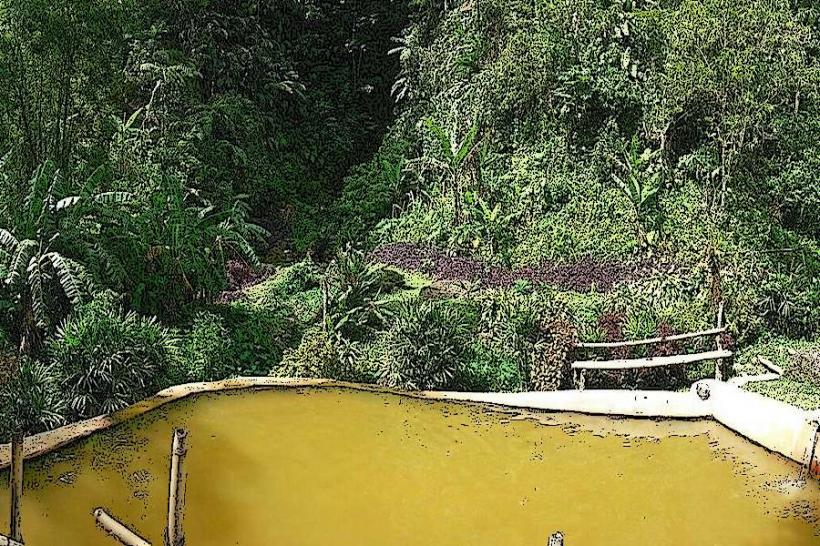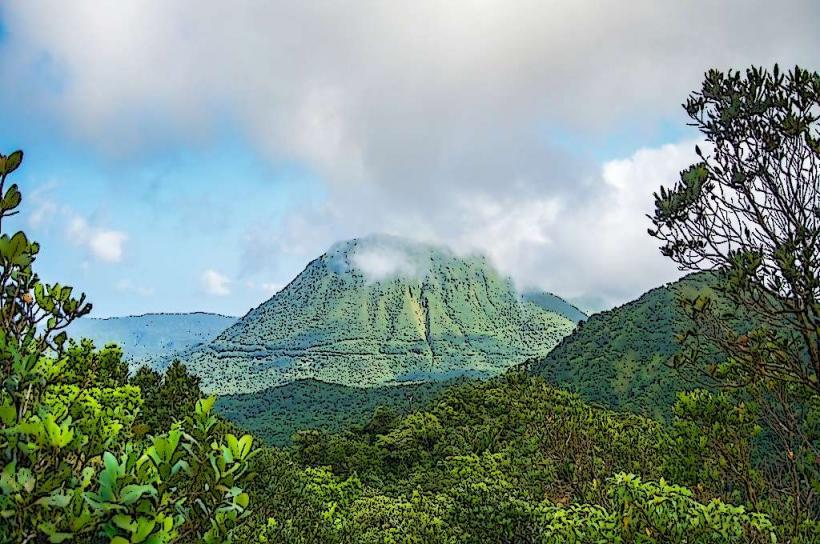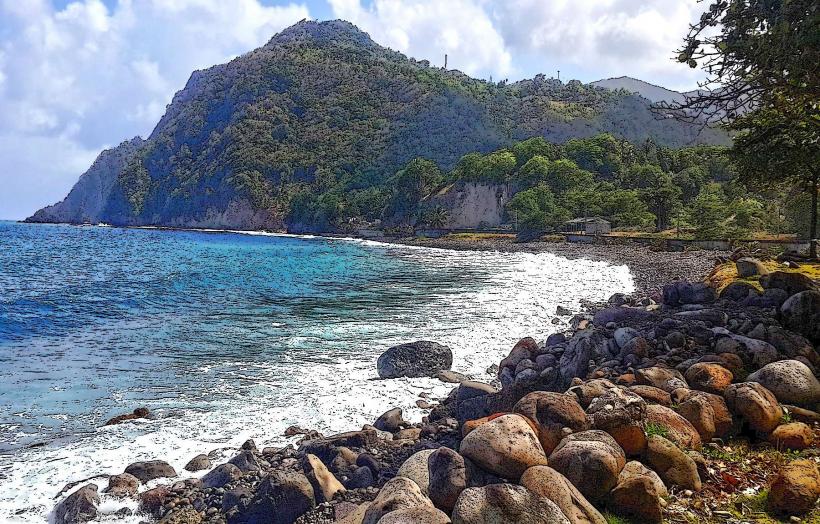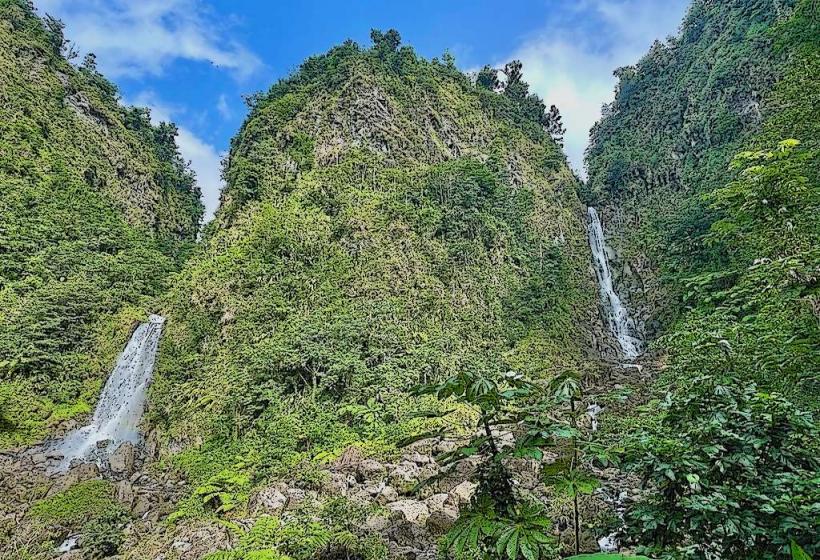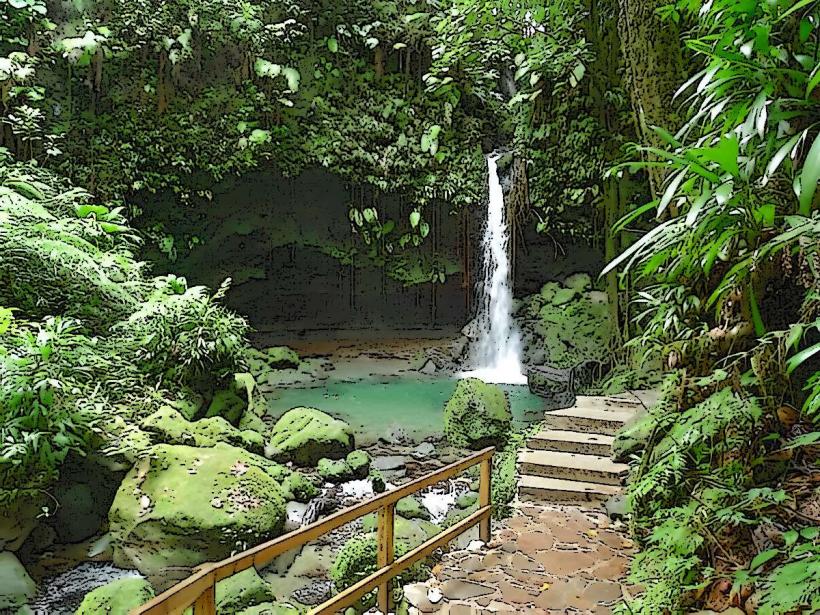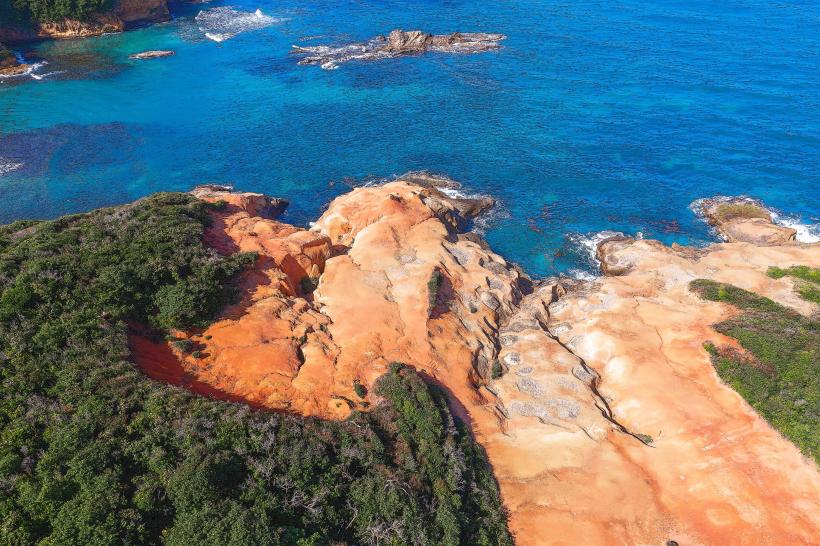Information
Landmark: Petite SavanneCity: La Plaine
Country: Dominica
Continent: North America
Petite Savanne, located in the south-central region of Dominica, is a small village known for its lush natural beauty, agricultural history, and vibrant cultural heritage. Despite being a serene and scenic location, the area faced significant challenges after the devastating impacts of Tropical Storm Erika in 2015, which led to the village being abandoned due to landslides and flooding. Today, it holds a mix of historical, cultural, and ecological significance.
Geography and Setting
- Petite Savanne is nestled in Dominica’s rugged, mountainous terrain, surrounded by dense tropical rainforests and fertile valleys.
- It is located near several rivers, streams, and waterfalls, contributing to its once-thriving agriculture and scenic allure.
- The area lies close to the Morne Trois Pitons National Park, a UNESCO World Heritage Site, and is surrounded by Dominica’s signature lush green hills.
History and Legacy
- Agriculture: Petite Savanne was historically known for farming, with crops like bananas, citrus fruits, dasheen, and other root vegetables being central to its economy.
- Traditional Crafts: The village was famous for its handicrafts, particularly the weaving of grass mats and baskets using natural materials from the surrounding forests.
- Community and Culture: Petite Savanne was a close-knit community where traditional Creole culture, music, and festivals flourished.
Impact of Tropical Storm Erika (2015)
- On August 27, 2015, Tropical Storm Erika caused severe landslides and flooding across Dominica, and Petite Savanne was one of the worst-hit areas.
- Massive landslides engulfed homes, farms, and infrastructure, leading to the tragic loss of lives and destruction of property.
- The government deemed the village uninhabitable due to safety concerns, and residents were relocated to other areas, including Bellevue Chopin, where a new housing development was created for displaced families.
- Today, the site serves as a stark reminder of the vulnerability of Caribbean islands to natural disasters.
Ecological Significance
- Rainforest Ecosystem
- Petite Savanne was surrounded by dense rainforests, rich in biodiversity. These forests provided a habitat for a variety of endemic plants and animals.
- Rivers and Waterfalls
- The village’s proximity to rivers and waterfalls made it an ideal destination for eco-tourism before the storm. Nearby attractions include cascading streams and unspoiled landscapes.
- Botanical Diversity
- The area was known for its abundance of medicinal plants and herbs, used in traditional practices.
Current Status
- Abandoned Village: Petite Savanne remains largely uninhabited, with the ruins of homes and infrastructure gradually being reclaimed by nature.
- Relocation Efforts: Many former residents of Petite Savanne now live in modern housing developments, such as the Bellevue Chopin housing community, built with assistance from international partners like Venezuela.
- Access: While not a primary tourist destination, some adventurous hikers and locals visit the area to observe its transformation and reflect on its history.
Nearby Attractions
- Morne Trois Pitons National Park
- Home to the Boiling Lake, Trafalgar Falls, and Emerald Pool, this park is a UNESCO World Heritage Site close to Petite Savanne.
- Victoria Falls
- A stunning waterfall located near Delices, just south of Petite Savanne.
- White River
- Known for its unique white, mineral-rich waters and beautiful scenery.
Future Prospects
While Petite Savanne remains uninhabited, there is potential for its surrounding natural beauty to be leveraged for eco-tourism or scientific research. Any future plans will need to prioritize safety and sustainability, given the area's history of landslides and extreme weather.
Legacy of Petite Savanne
Petite Savanne’s story is one of resilience. Although its people were forced to leave behind their homes and traditions, their culture and community have continued to thrive in other parts of Dominica. The village remains a symbol of Dominica’s vulnerability to climate change and the importance of sustainable development and disaster preparedness in small island nations.

